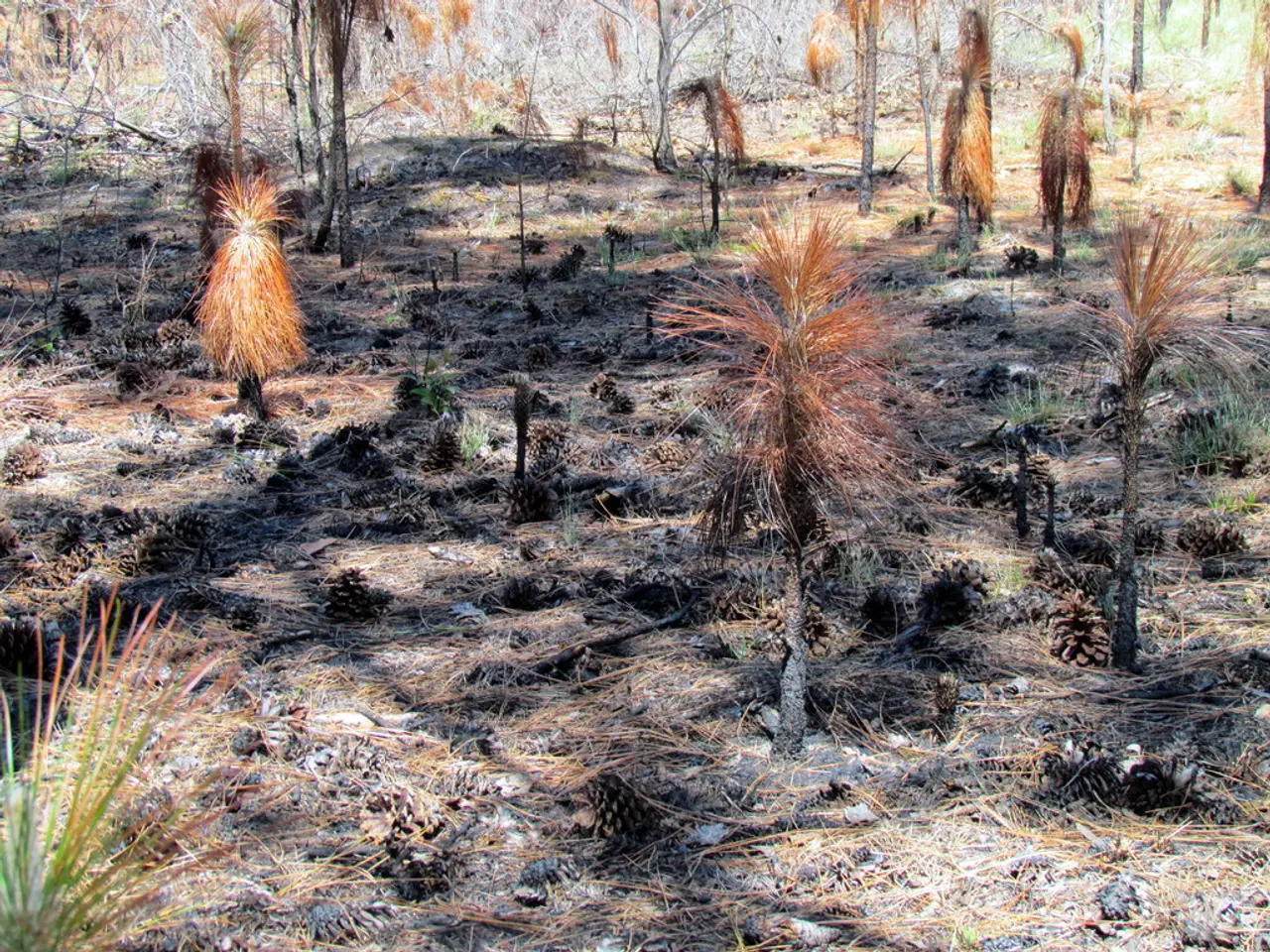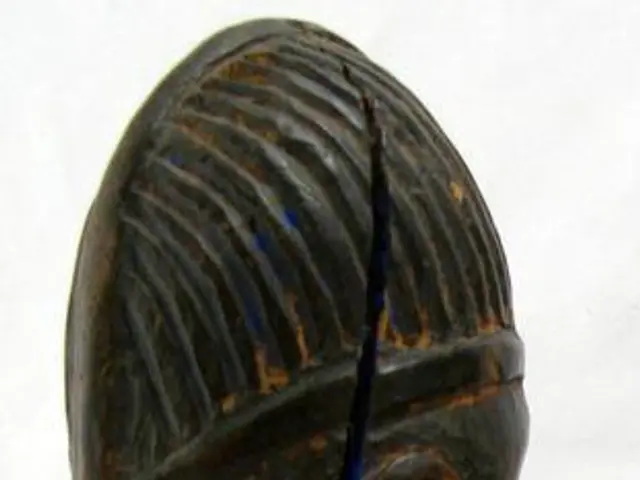Eleven Disruptive Vegetation Species Found in New Jersey, Plus Recommended Alternative Flora List Totalizing Twenty-Six Options
In the lush landscapes of the Northeastern United States, a diverse array of flora thrives. Among them, both invasive species and native wildflowers hold significant importance. Here's a brief overview of some commonly encountered plants in this region.
The butterfly bush (Buddleja davidii), an invasive species, grows three to 12 feet tall and sports purple flower clusters. On the other hand, the Swamp milkweed (Asclepias incarnata) is a tall, pink to purple native wildflower that produces showy flower clusters.
Another invasive species is the Japanese honeysuckle (Lonicera japonica), a semi-evergreen to evergreen woody perennial vine that trails along the ground and climbs by twining. In contrast, the Purple loosestrife (Lythrum salicaria) is an emergent aquatic perennial that grows up to 8 feet tall.
The Porcelainberry (Ampelopsis brevipedunculata) is a woody perennial vine that can climb 20 feet or higher. Its leaves have three to five lobes with heart-shaped bases and coarse teeth. The berries of this plant ripen from green to bright red in late summer.
English ivy (Hedera helix) is a common perennial, evergreen vine that can cause damage to structures and smother trees. The Callery pear (Pyrus calleryana) is a common landscaping tree that grows up to 45 feet tall and has glossy, dark green leaves.
Linden viburnum (Viburnum dilatatum) is a deciduous shrub or small tree that grows 8 to 10 feet tall. Its leaves are opposite, dark green, pubescent, and have shallowly toothed edges that vary greatly in shape. Creamy white flowers bloom in flat clusters in late spring on linden viburnum.
Invasive wisteria vines can reach lengths of up to 65 feet and have long, hanging clusters of white to purple flowers. For a native alternative, consider the American barberry (B. canadensis).
The leaves of porcelainberry have three to five lobes with heart-shaped bases and coarse teeth. The leaves of linden viburnum are opposite, dark green, pubescent, and have shallowly toothed edges that vary greatly in shape. Arrowwood (V. dentatum) is a native viburnum with dark purple fruits and deeply toothed leaves. Blackhaw (V. prunifolium) is another native viburnum with pinkish berries that ripen to bluish-black.
Chinese silvergrass (Miscanthus sinensis) is a tall, clump-forming, perennial grass that reaches ten feet in height. Big bluestem (Andropogon gerardii) is a lovely native grass with enormous ecological benefits.
Japanese barberry (Berberis thunbergii) is a small deciduous shrub that grows two to eight feet tall with thin, grooved branches covered in spines. For a native alternative, consider the American barberry.
To differentiate Norway maple (Acer platanoides) from sugar maple, break a leaf off at the petiole and look for a milky white sap. The Norway maple averages 40 to 60 feet tall.
In midsummer, small, magenta flowers bloom in dense spikes on purple loosestrife. Clusters of greenish-white flowers bloom late spring through summer on porcelainberry.
Serena Manickam, a resident of the Northeastern United States, is an advocate for the preservation and understanding of native flora in the region.
Read also:
- Budget cuts at federal and state levels jeopardize advancements in fighting HIV and AIDS within Dallas County
- Strategies for Maintaining and Boosting Physical Activity as You Grow Older
- Understanding Prediabetes: A Precursory Condition to Diabetes
- Strategies for Strengthening a Nigerian Infant's Immune System







